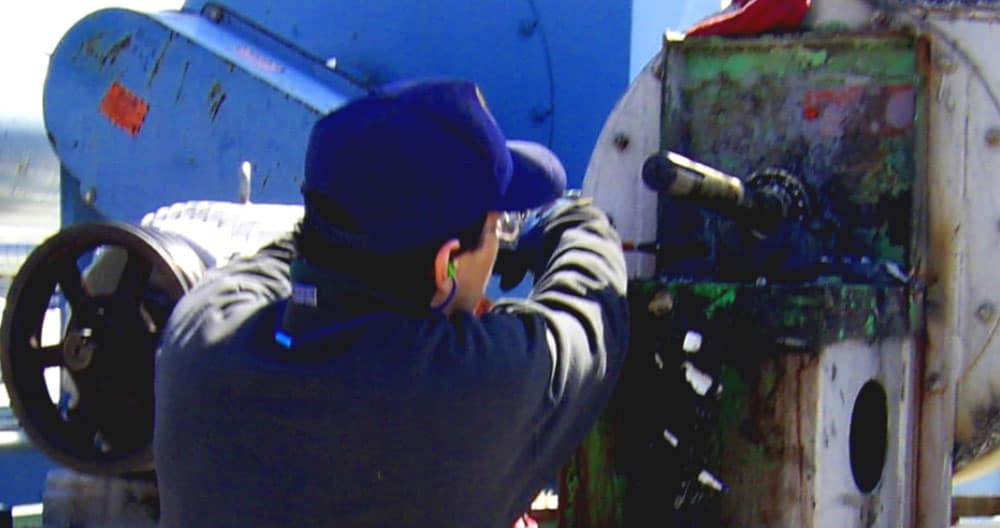Stop Reactive Maintenance
According to the U.S. Federal Energy Management Program, over 55% of maintenance conducted in the United States is reactive or Run to Failure. This means that no money or manpower are used on the machinery until it breaks and can no longer perform its work. This maintenance mindset has plagued the U.S. and the world since the beginning of the industrial age. The new age of the Industrial Internet of Things (IIoT) will hopefully be the impetus for the maintenance world to embrace preventive and predictive maintenance practices for the best future.
The only positive aspect of this type of maintenance program is that it costs virtually nothing as long as nothing breaks. The greatest detractor of such a program is that machinery always breaks which then makes these programs the most expensive option. Everyone knows that Murphy’s law, ‚Äúanything that can go wrong will go wrong‚Äù, is always around the bend and when you do not conduct even minimal maintenance Murphy will always strike. It is not a bid of bad luck just pure foolishness and statistical odds.
OEM Recommendations Can Lead to Failure
The lack of Preventive Maintenance where you follow the Original Equipment Manufacturers (OEM) recommended time-based maintenance tasks ultimately shortens the machine’ life requiring more frequent replacements. In addition, as one equipment component fails such as a bearing, it leads to a secondary or chain reaction of component failures like the shaft, fan, and housing. These typical ancillary failures rapidly ratchet up reactive maintenance programs costs making just one machinery failure too costly.
Reactive Maintenance Always Happens at the Worst Time
The reality of reactive maintenance is that invariably the failures occur at the most inconvenient times with no parts on hand, during the middle of a production run, over a holiday weekend, while all maintenance personnel is out and quality vendors are unavailable. Most reactive programs never honestly face the facts of the true costs and totally disregard the largest expense in the lost production. Even though most companies know exactly how much their production revenue is per day or per hour, they never include their down production time into the real costs to the reactive maintenance program. Their fiscal mirage only includes the standard labor and parts repair expenses as they bury their heads in the sand denying the chance of a progressive maintenance program.
Reactive Maintenance Runs Counter to Your Best Practices
Furthermore, management’ indifference to truly understand the best maintenance practices has perpetuated the lies and deception to this archaic reactive maintenance approach. Hopefully, in this new era of six sigma and lean manufacturing, management will get engaged in maintenance reality and realize there is a world of inefficiencies that can quickly be righted through smart maintenance practices. Just starting a preventive maintenance program that executes the simple time-based tasks recommended by OEMs will go a long way in the right direction. Just as you follow time-based maintenance tasks to extend your cars life why wouldn‚Äôt you do the same for the machinery that is the lifeblood of your company. Timely changing of lubrication and filters while monitoring vital fluid and process levels allow the machine to operate as the OEMs designed which drastically reduces premature and unanticipated breakdowns while extending its life.
Stay Ahead of Your Machinery with Predictive Maintenance
Help ensure the performance and longevity of the machinery that drives your business, contact VSC today for a consultation about preventative maintenance.
